Toy Story 3 Review
By RHCPfan24 10 Comments
As the final scene of Toy Story 3 faded into black, I was bombarded by a deluge of emotions and thoughts. First off, what a
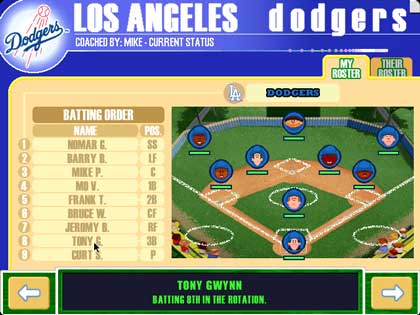
Everyone knows the general premise of the Toy Story films: a diverse collection of toys come to life when humans are not around. It is a brilliant concept, something everyone as a child must have wondered. It worked for the groundbreaking first film, as well as the sequel which held its ground and then some. Now for the third and supposedly last entry in the trilogy, the toys' owner, Andy, is moving off to college, leaving the expressive pieces of plastic to an uncertain fate. Andy's favorite, and the rightful protagonist, Woody tries to rally the crew to take refuge in the attic, where Andy assigned them. However, the idea of "Sunnyside" Day Care sounds much more enticing, and here the rest of the toys happily spend their time until they realize this is not the synthetic nirvana they hoped for. The story flows seamlessly, even if it is broken into a number of "acts," per se. There is a surprising variety of settings and conflicts the toys get themselves in, but the true scope of the film does not come into perspective until post-analysis, as the movie just rolls along uninhibited.
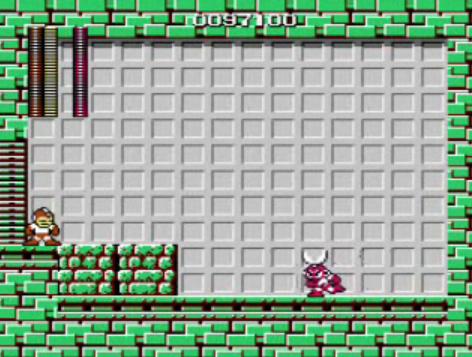
Joining the established cast is a new band of superb characters. Leading is the strawberry-smelling Lots-o-Huggin', or Lotso for short. His chill Southern drawl and penchant for bear hugs means he can only be good, right? Voiced by a hearty, impassioned Ned Beatty, Lotso is the ringleader of the day care's toys, and his warm facade hides a dark past. This backstory
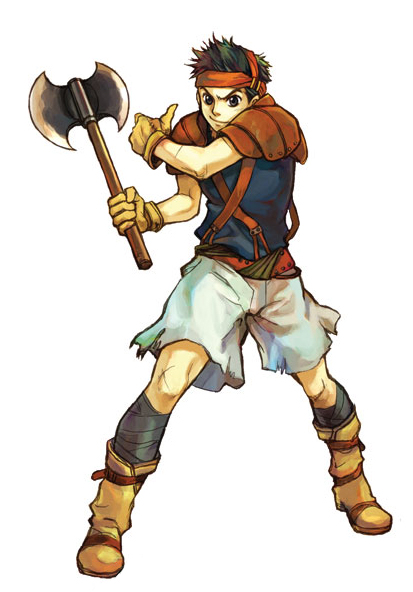
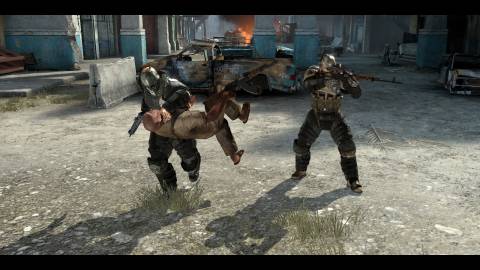
What is perhaps most impressive about this film, however, is how well it balances all of the emotions it stirs. The frequent moments of hilarity do not in any way mitigate the impact of the suspense or sadness this film presents. Tender, touching scenes have been a skill of Pixar's, seen in the near-perfect intros to both Wall-E and Up, and this film once again reaffirms their prowess. The general premise of physical atrophy and mental maturity present far more austere dilemmas than in the previous Toy Story films. The toys can save the day and make it back to Andy's house, but instead of being greeted by a youthful boy's grasp, they face a dank attic, or worse. The main reason I believe this film affected me so deeply is because, in a sense, it is presenting my story. I am just a little younger than Andy on screen, and I spent my youthful days absorbed in imagining preposterous scenarios, or playing with an overwhelming multitude of toys. Now, I am faced with circumstances that are anything but quixotic dreams: SATs, college admissions, declaring a major, and deciding what I really want to do with my life. Andy and I shared those innocent days together, but now we mutually have to move forward, to grow up. Anyone in my age group will draw the same parallels, and suddenly the massive time gap between the second and third Toy Story does not seem like an unnecessarily prolonged wait but, simply, aging. It is so basic yet so beautiful in a way; this film arises both the most progressive and nostalgic senses in me.
There is no doubt that the timing of this film's release is perfect for me, but the emotional resonance will strike anyone. Parents will be wrecked, as shown in that scene of pure simplicity involving Andy's mom and his empty room. There is also a scene near the end, which I will not spoil, that may catch some off-guard, as it may initially seem immature. But, just like a somewhat similar film Where The Wild Things Are, this scene captures the inner child in all of us, showing the immortality of imagination. The introduction montage to Up may be a more condensed, beautiful scene of emotional perfection, but a number of scenes in this film rival anything Pixar has done before. As a whole, it may be their most affecting movie yet. And it is also the funniest! Again, the balance between the two is flawless; neither side is adversely affected by the other. Anyone with a pulse will be somewhat moved by this movie, some more than others, and it is truly an outstanding feat that this remarkable depth of the human psyche is conveyed through computer animation alone.
It is also worth mentioning the traditional digital short that precedes the feature film. Called Day + Night, the short is, unsurprisingly, superb as well as extremely innovative. Combining 2D, hand-drawn animation and 3D Pixar animation, this film is set on a blank, black backdrop with only two mute cartoon characters. The inside of their bodies is filled with a CGI day or night setting, and all of their actions are performed through natural actions. For example, urinating is sensibly conveyed by a running river (complete with a blissful face expression), and quacking ducks symbolize laughing. The short is merely about these two, disparate beings interacting with each other, and the end result is a touching, humorous experience that is unlike you have ever seen before. The short's appearance is so shocking, in fact, that it may take a few seconds to even realize what it is going on on-screen. Day + Night is an original, charming short film, and a fitting lead-in to the main attraction.
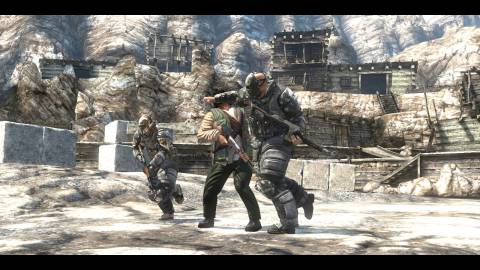
Final Verdict:
5 Stars Out of 5
